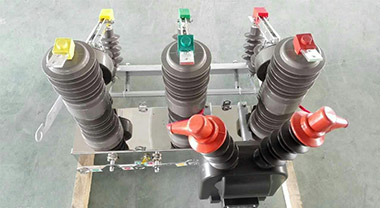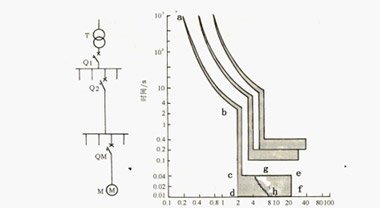8 principles for selecting low-voltage circuit breakers
By:Nader Updated:September 09,2020 11:31AM
8 principles for selecting low-voltage circuit breakers:
- The rated voltage of the low-voltage circuit breaker ≥ the rated voltage of the line.
- The rated current of the low-voltage circuit breaker ≥ the calculated load current of the line.
- The limit on-off capacity of the low-voltage circuit breaker is ≥ the maximum short-circuit current in the line.
- Single phase-to-ground short-circuit current at the end of the line ≥1.25 times the instantaneous (or short delay) tripping setting current of the low-voltage circuit breaker.
- The rated current of the release ≥ the calculated current of the circuit.
- The rated voltage of the undervoltage release = the rated voltage of the line.
- The rated voltage of the shunt release of the circuit breaker = the voltage of the control power supply.
- Rated working voltage transmitted to the mechanism by electric motor=control power supply voltage.




